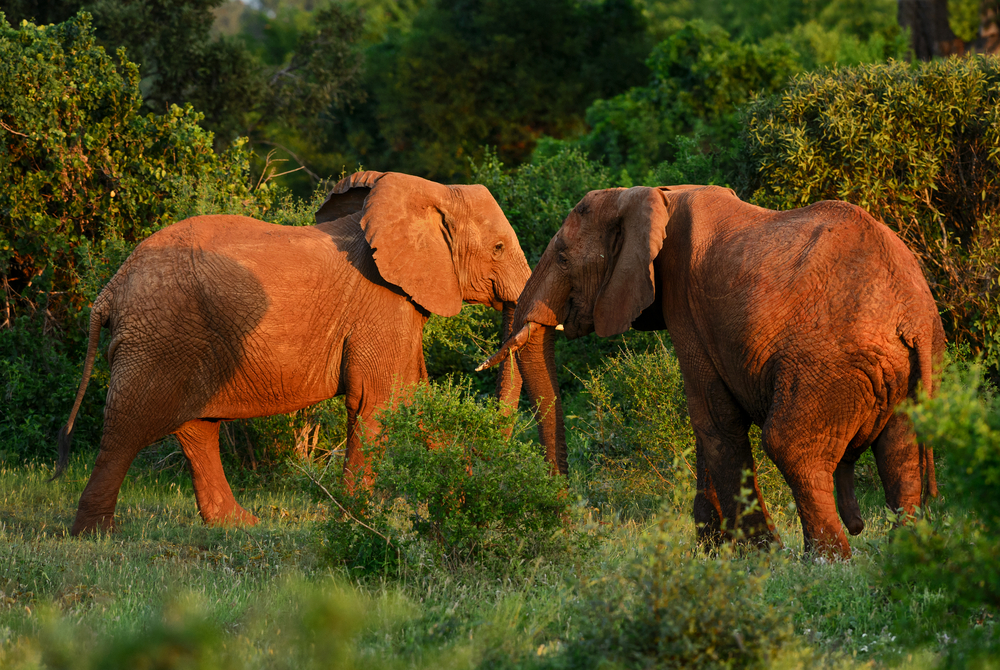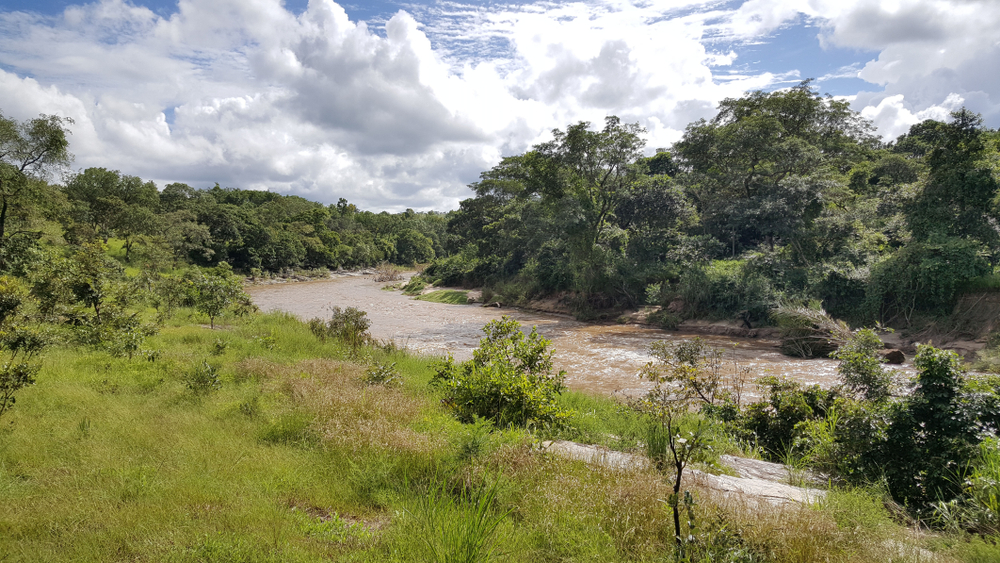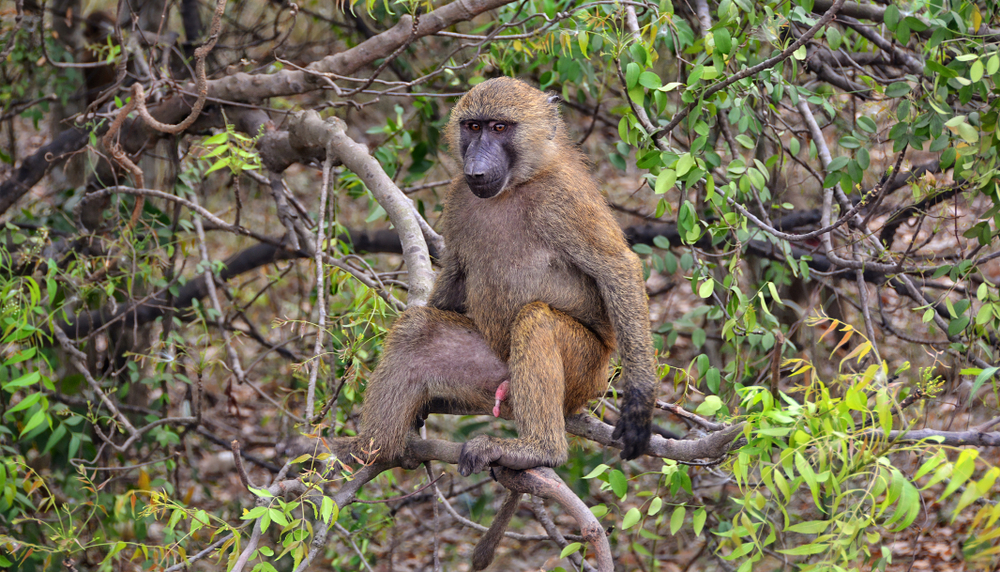Fosse aux Lions Overview
Fosse aux Lions National Park, known locally as “Parc National de la Fosse aux Lions,” is situated in the Savanes Region of northern Togo, approximately 20 kilometers south of Dapaong. Established as a reserved forest in 1954 and later designated a national park, it spans about 16.5 square kilometers, making it one of Togo’s smaller protected areas. Despite its modest size, the park boasts a rich tapestry of savannas, woodlands, and wetlands, offering sanctuary to a diverse array of wildlife.
The park’s terrain is predominantly flat, characterized by expansive savannas interspersed with acacia woodlands and seasonal wetlands. While it lacks significant mountainous features or waterfalls, its landscape provides a quintessential West African savanna experience, with open plains that facilitate wildlife viewing. The absence of rugged terrain makes it accessible for visitors, allowing for leisurely exploration and appreciation of its natural beauty.
Historically, Fosse aux Lions National Park was renowned for its substantial populations of African elephants and lions. In the 1970s and 1980s, the park was home to a significant number of elephants; however, their numbers have drastically declined due to poaching and habitat loss. Similarly, lion populations have suffered, with current sightings being rare. Despite these challenges, the park remains a habitat for various species, including warthogs, duikers, vervet monkeys, and patas monkeys. Bird enthusiasts can also delight in the presence of numerous avian species that inhabit the park’s diverse ecosystems.
In recent years, Fosse aux Lions National Park has faced significant conservation challenges, notably the near-elimination of its elephant population in the early 1990s due to poaching. This decline has had cascading effects on the park’s ecological balance and tourism appeal. Recognizing the critical need for intervention, conservation efforts have been initiated to restore and protect the park’s biodiversity. These initiatives focus on anti-poaching measures, habitat restoration, and community engagement to foster sustainable coexistence between local populations and wildlife. Collaborations with international conservation organizations aim to bolster these efforts, providing technical support and funding to enhance the park’s management and conservation strategies.
Visitors to Fosse aux Lions National Park can engage in activities such as guided safaris, bird watching, and cultural interactions with nearby communities. The park’s accessibility from Dapaong makes it a convenient destination for those seeking to experience Togo’s natural heritage. While wildlife densities may not rival those of larger reserves, the park offers a tranquil environment to observe West African flora and fauna in their natural settings. Additionally, ongoing conservation projects provide educational opportunities for visitors to learn about the challenges and successes in wildlife preservation within the region.
In summary, Fosse aux Lions National Park serves as a testament to Togo’s commitment to conserving its natural landscapes and wildlife. Despite historical setbacks, concerted conservation efforts are paving the way for ecological recovery and sustainable tourism development. The park’s unique ecosystems and remaining wildlife populations offer valuable opportunities for ecological research, environmental education, and nature-based tourism, contributing to the broader goals of biodiversity conservation and community development in northern Togo.












































































